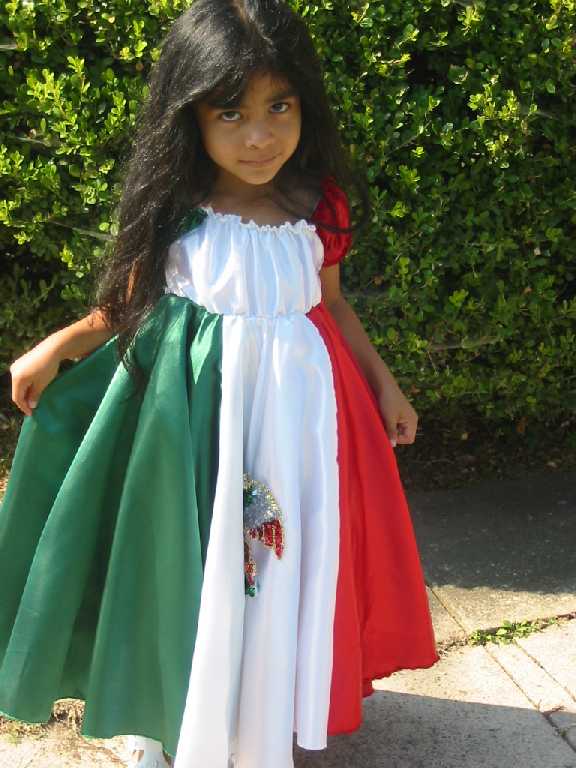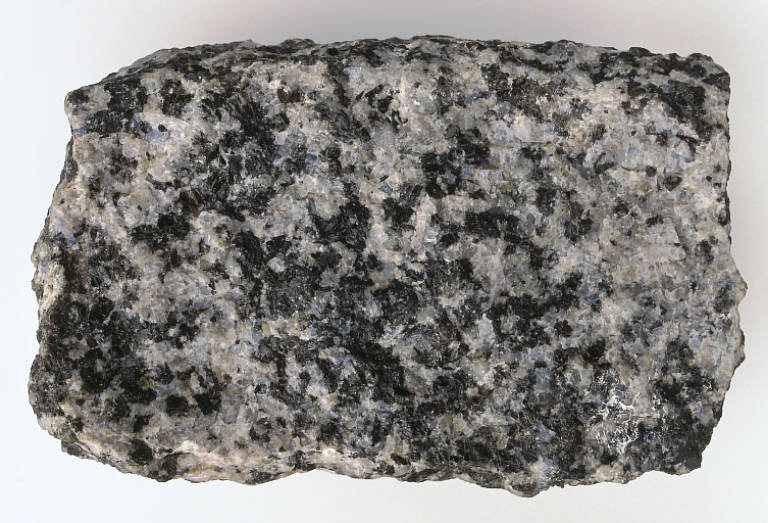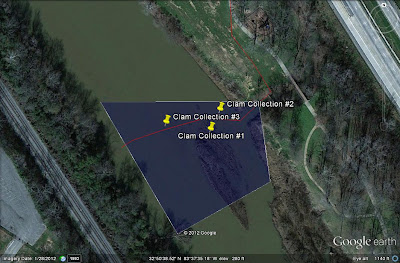For our third lab, we took a walk around campus and learned a great deal about the trees, shrubs, and flowers that we typically walk past everyday.
Among the scrubs, we saw...
The Loropetalum
This plant is also known as the "Chinese Fringe Flower." It is popular in the southeastern portion of the United States. It grows best in a rich, acid loam that is drained well.
The Itea Shrub
The scientific name for this plant is "Itea Virginica." This scrub is primarily found in the southern portion of the United States. This plant is also known as the "Virginia Sweetspire" and the "Virginia willow."
The Vinca Scrub
This shrub can withstand hot summers, making it great for the southeastern portion of the United States.It blooms early and it is drought tolerant. It is also known as periwinkle.
Among the trees, we saw...
The Cabbage Palm
This tree has a scientific name of "Sabol palmetto." It is also the official state tree of Florida. It can grow very well in many types of wetlands. It is primarily found the the southern portion of the United States.
The Pecan Tree
The scientific name for this tree is "Carya illinoinensis." This tree can be found in the southeastern United States, Ohio, and New Mexico among other places. Thomas Jefferson actually planted Pecan trees. This tree is also the official state tree of Texas.
The Dogwood
It has a scientific name of "Cornus florida." This tree is adaptable to growth in many different soils. It is found in the southeastern portion of the U.S.
And among the flowers, we saw...
The Day Lilies
The scientific name for this flower is "Hemerocallis" The scientif name is derived form two Greek words, meaning "beauty" and "day." These flowers can be drought tolerant when needed.
The Marigold
This flower has a scientific name of " Tagetes." These flowers can have a musky fragrance. They can be a great nectar source for butterflies.
The Verbeana Latana
These flowers are mostly used as ground covers, though they can grow to be six feet tall. They are native to the American tropics. Flowers are born throughout the year in areas that are frost-free.
These plants are some of the plants that make up the environment around the Mercer University campus, as well as portions of the southeastern United States.

































